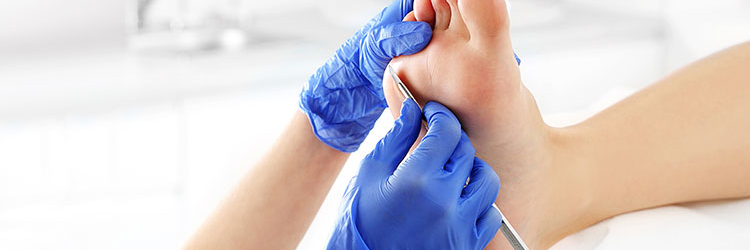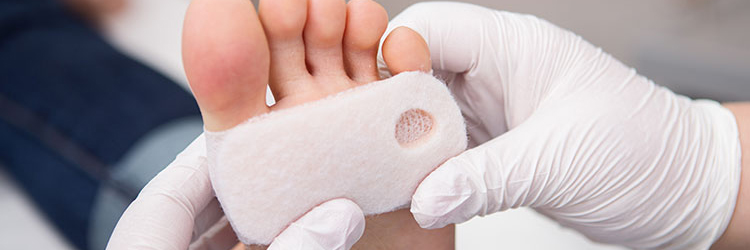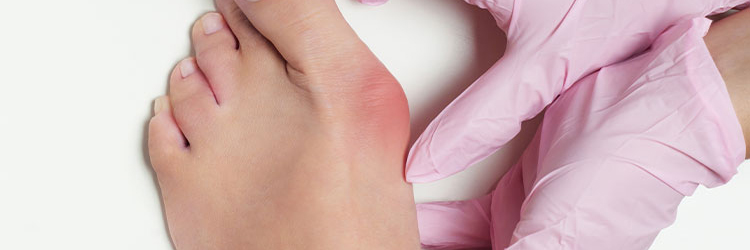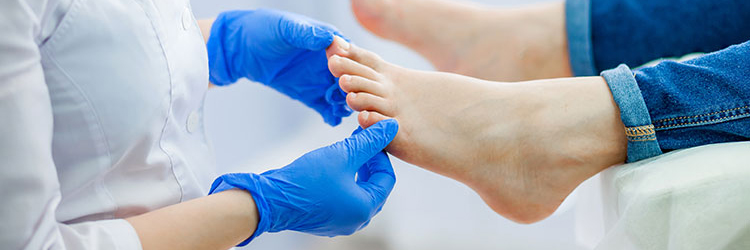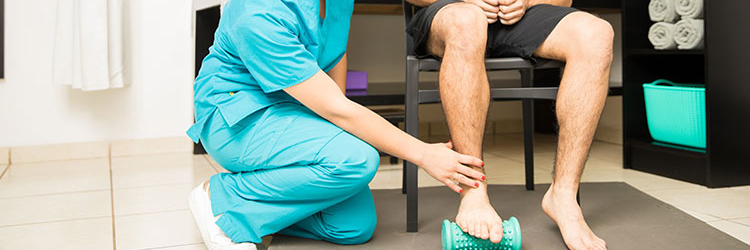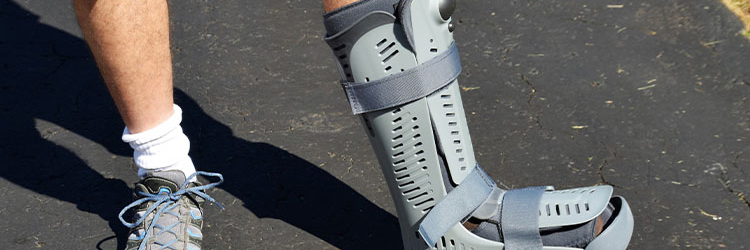What is Foot Fungus (Athlete's Foot)?
Foot fungus, also known as tinea pedis or athlete’s foot, is a common fungal infection that affects the skin on the feet. It is caused by various types of fungi that thrive in warm, moist environments such as shoes, socks, and locker rooms. Foot fungus can cause a range of symptoms, including:
- Itching, burning, and stinging sensations on the feet
- Redness and inflammation
- Peeling or cracking of the skin, especially between the toes
- Blisters or ulcers on the feet
- Thick, discolored toenails
Foot fungus can be spread from person to person through direct contact or contact with contaminated surfaces such as floors, towels, and shoes. It is more common in people who wear tight-fitting shoes, have sweaty feet, or frequently walk barefoot in public areas.
How do I treat foot fungus?
The treatment of foot fungus (also known as athlete’s foot) typically involves antifungal medications, which can be applied topically or taken orally. In some cases, a combination of both topical and oral treatments may be used. Here are some options for treating foot fungus:
- Topical antifungal medications: Over-the-counter or prescription-strength antifungal creams, gels, sprays, or powders can be applied directly to the affected area(s). It’s important to follow the instructions carefully, which may include applying the medication once or twice a day and continuing treatment for several weeks even after the symptoms have improved.
- Oral antifungal medications: Prescription-strength antifungal medications can be taken orally for several weeks or months, depending on the severity of the infection. These medications may have potential side effects and can interact with other medications, so it’s important to discuss the risks and benefits with your doctor. Additional lab tests may be required prior to certain medications.
- Home remedies: Some people find relief from foot fungus by soaking their feet in a solution of water and vinegar, tea tree oil, or Epsom salt. However, there is limited scientific evidence to support the effectiveness of these home remedies, some may cause skin irritation or allergic reactions if inappropriately executed.
- Preventive measures: To prevent foot fungus from recurring, it’s important to practice good foot hygiene, such as washing and drying your feet regularly, wearing clean socks and shoes, and avoiding walking barefoot in public areas.
It’s important to be patient with treatment as foot fungus can take several weeks to clear up. If you have diabetes or other medical conditions that affect your feet, it’s especially important to see a healthcare provider for treatment to prevent complications. Make an appointment with our doctors at PS Foot and Ankle or PS Dermatology to help with this condition and provide a lasting solution.
What are Fungal Toenails?
A fungal nail, also known as onychomycosis, is a common fungal infection that very commonly affects the toenails. It is caused by various types of fungi that thrive in warm, moist environments such as shoes and socks. Fungal nail infections can cause a range of symptoms, including:
- Thickened, discolored, or brittle nails
- Nails that are misshapen or have an unusual texture
- Crumbling or crumbling nails
- Pain or discomfort in the affected area
- Foul odor
Fungal nail infections can be spread from person to person through direct contact or contact with contaminated surfaces such as floors, towels, and shoes. It is more common in people who have sweaty feet, wear tight-fitting shoes, have a weakened immune system, or have other conditions such as diabetes or psoriasis. There are many different type of fungal nails that have difference nail appearances as well, a podiatrist or a dermatologist may take a sample of the nail to identify the invaded organism and then help provide medication that is best suited to combat that infection.
How do I treat fungal nails?
The treatment of fungal nails typically involves antifungal medications, which can be applied topically or taken orally. In some cases, a combination of both topical and oral treatments may be used. Here are some options for treating fungal nails:
- Topical antifungal medications: Over-the-counter or prescription-strength antifungal creams, gels, or nail lacquers can be applied directly to the affected nail(s). It’s important to follow the instructions carefully, which may include applying the medication once or twice a day, filing the nail down, and keeping the nail trimmed and clean.
- Oral antifungal medications: Prescription-strength antifungal medications can be taken orally for several weeks or months, depending on the severity of the infection. These medications may have potential side effects and can interact with other medications, so it’s important to discuss the risks and benefits with your doctor as other lab tests are required prior to certain medications.
- Surgical removal of the nail: In severe cases, the affected nail(s) may need to be surgically removed to allow a new, healthy nail to grow in its place.
It’s important to be patient with treatment as fungal nails can take several months to clear up – toenails take up to 6-8 months to grow therefore the results will not be progressive. It’s also important to practice good foot hygiene and take steps to prevent reinfection, such as wearing breathable shoes and socks, washing and drying your feet regularly, and avoiding walking barefoot in public areas. Make an appointment with our doctors at PS Foot and Ankle or PS Dermatology located in Bridgewater, NJ to help with this condition and provide a lasting solution.
What is the Keryflex Nail Restoration System?
The KeryFlex Nail Restoration System is a cosmetic treatment for damaged or discolored nails. It is a safe, non-invasive, and pain-free method that uses a polymer resin to create a natural-looking, durable, and flexible artificial nail. The treatment involves cleaning and preparing the affected nail(s) and then applying a bonding agent to create a strong adhesive surface. A resin is then applied in layers, which are cured under a special UV light. The result is a durable, natural-looking nail that can be painted and shaped like a real nail.
The KeryFlex Nail Restoration System is typically used for individuals with damaged or unsightly nails caused by conditions such as fungus, trauma, or nail dystrophy. It is a quick and effective solution that can improve the appearance of the nail(s) and boost self-confidence.
It is important to note that KeryFlex is a cosmetic treatment and does not address the underlying medical condition causing the nail damage. It is recommended to consult with a healthcare professional to determine the appropriate course of treatment for your specific case.

